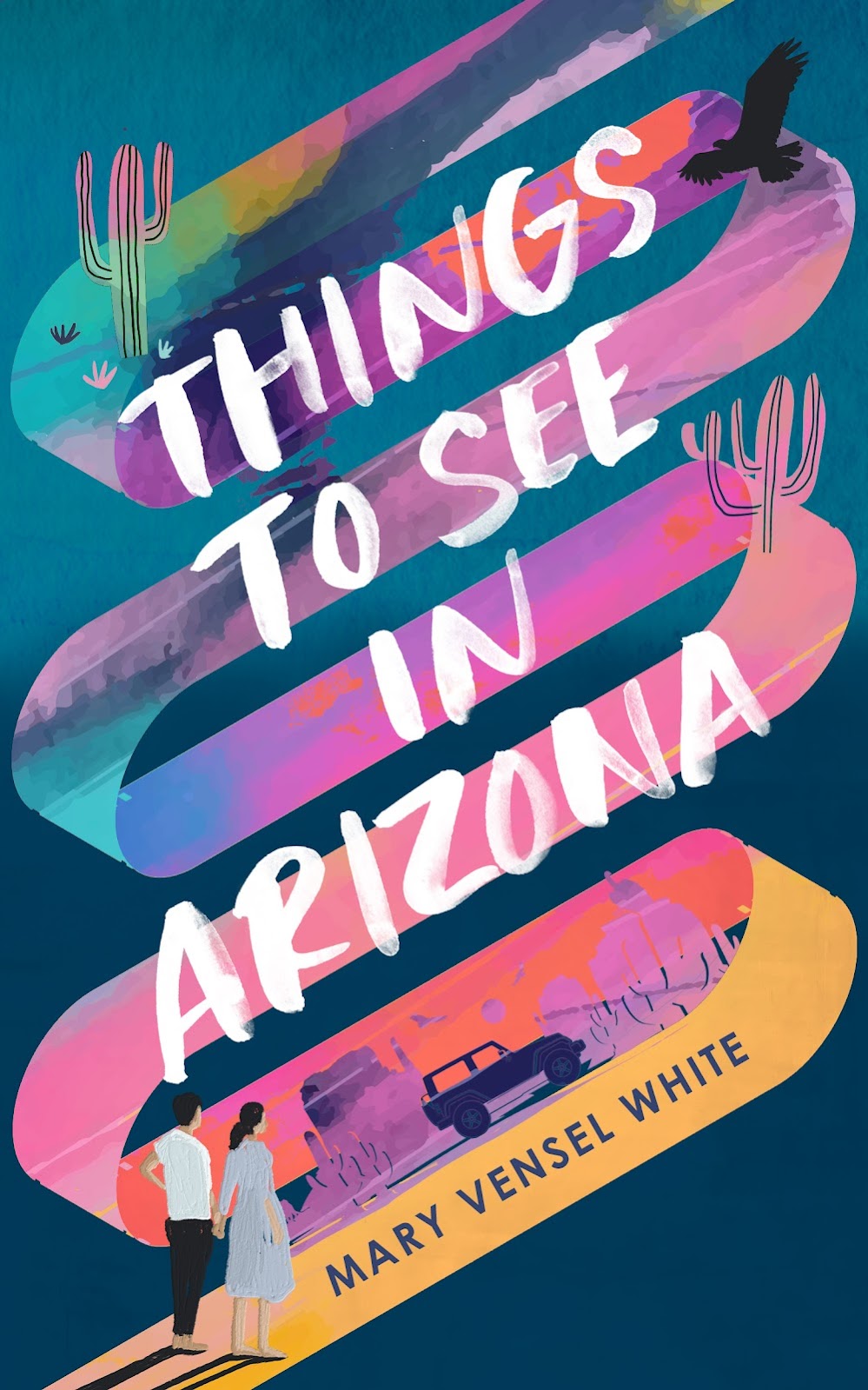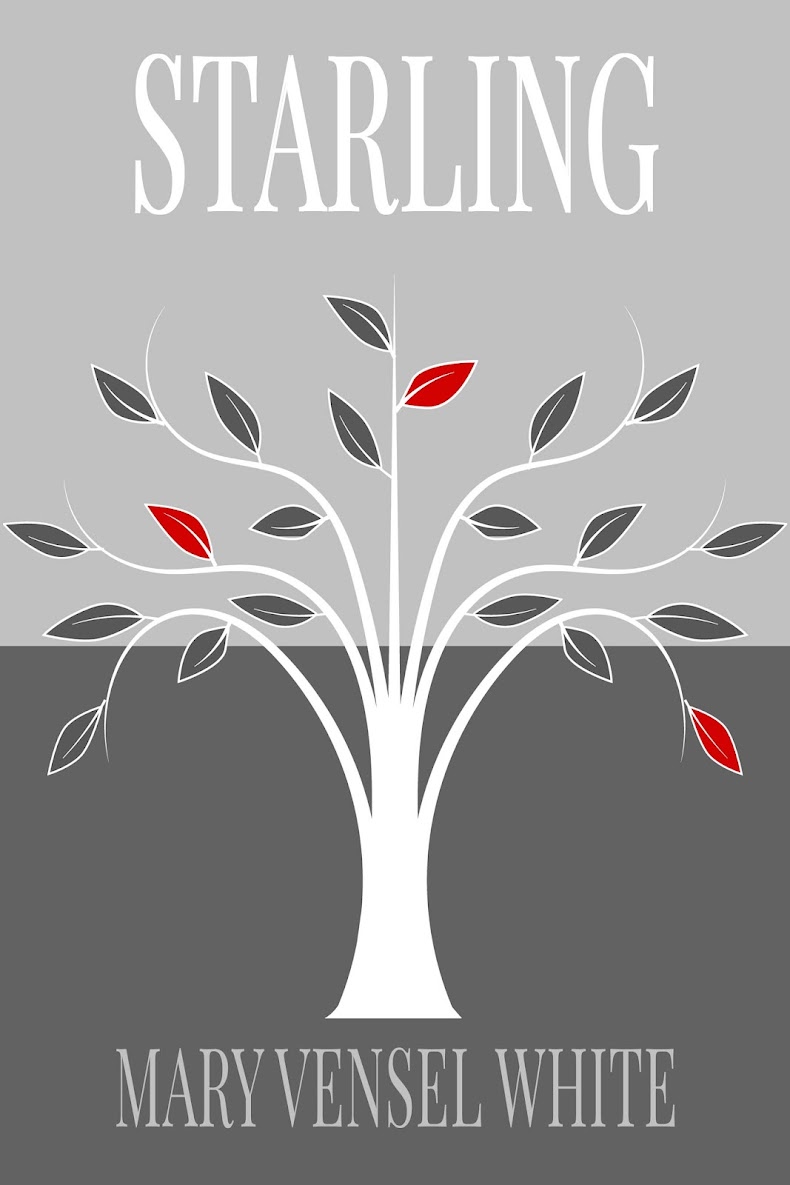I saw one of those quizzes on social media the other day,
where you’re led through a series of seemingly innocuous questions until
something is revealed about your true nature. This one had to do with color and
how you see it. There was a square of a cool gray and the first question asked:
What color do you see: gray, blue or green? And I immediately thought that I
might have chosen gray, but now that blue and green had been suggested to me, those hues were
apparent in the sample. It wasn’t green enough
to be called green though, and certainly not blue enough to be blue, but now
the gray was infused with these more lively tints and couldn’t really be seen
as mere “gray” either. The fact that choices were offered had made me unsure of
my perception.
It occurred to me that writing is an exercise in the
offering of choices, in the suggestion of new or nuanced ways to view the
world. Isn’t that what we’re doing by inhabiting a fictional world or the mind
of a character, especially one who may see blue where we see gray?
Recently, I was inspired by an article about paint colors in
a home decorating magazine. We’ve all wondered about the people who come up
with the inventive names—because, certainly, there’s a quintessential human
element in these names and their visceral modifiers, obscure historical
references, and strange evocativeness. In fact, here’s an amusing article about
what happened when a non-human tried to name paint colors. To me, color can
infuse an entire setting, such as the endless green of a forest or the
far-reaching blue of an ocean. It can be an intense character feature—a rancher’s
dust-covered figure, a red-faced curmudgeon. It can set the mood for a story,
such as all the feelings yellow brings to mind. Thinking this way inspired
several stories in a collection I’m still working one; some of the stories take
a color title: “Resonant Blue,” “Cadmium.”
Some people are born color blind, or can only see limited
color. We’ve all seen the viral videos of a color blind person looking through
special glasses that allow him or her to see color for the first time. How
strange that must be, we think, a whole new world.
In Chekhov’s story, “Gusev,” a soldier returns from service,
dying from an illness. He dies at sea and is tossed into the ocean. The men who
remain on the ship watch stoically, Gusev’s body passes schools of fish and a
large shark, and Chekhov’s narration then turns very inclusively omniscient:
“And up above just then, on the side where the sun goes
down, clouds are massing; one cloud resembles a triumphal arch, another a lion,
a third a pair of scissors . . . A broad green shaft comes from behind the
clouds and stretches to the very middle of the sky; shortly afterwards a violet
shaft lies next to it, then a golden one, then a pink one . . . The sky turns a
soft lilac. Seeing this magnificent, enchanting sky, the ocean frowns at first,
but soon itself takes on such a tender, joyful, passionate colors as human
tongue can hardly name.”
Gusev’s experience, such as it is, the ultimate, unknown
perception—death—is relayed with colors and strange sights. Imagine, Chekhov
seems to be suggesting, imagine the
unimaginable. Surely there are colors we’ve never seen, colors we’d hardly
know how to describe. As writers, this is a quest we embark on joyfully, time
and again, hoping to bring at least a few along with us.

















